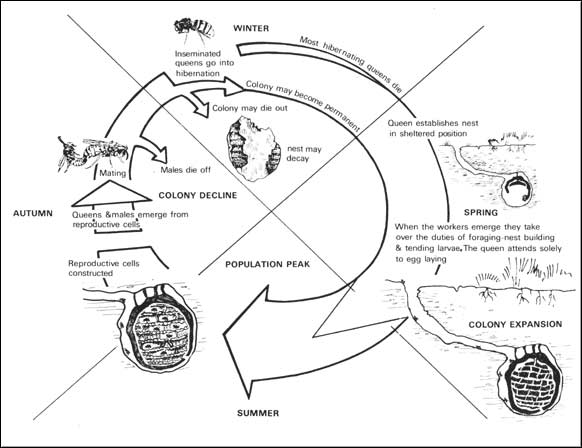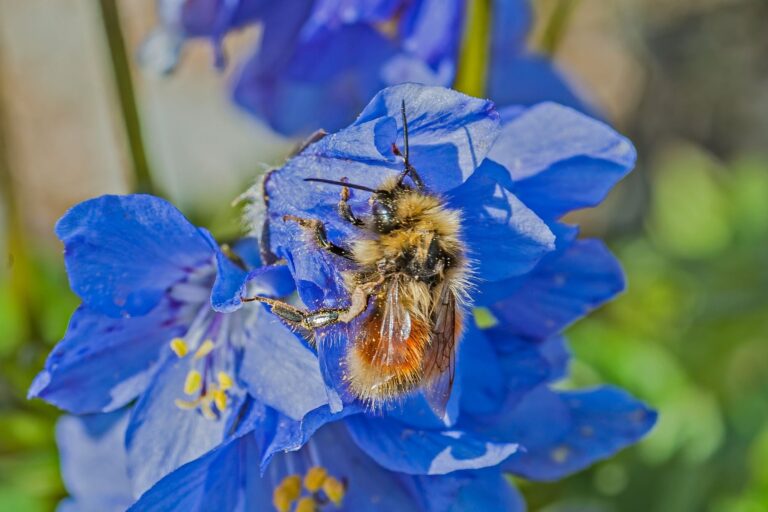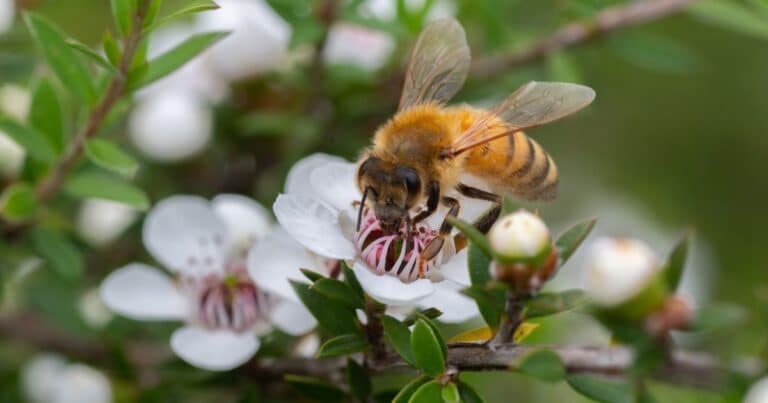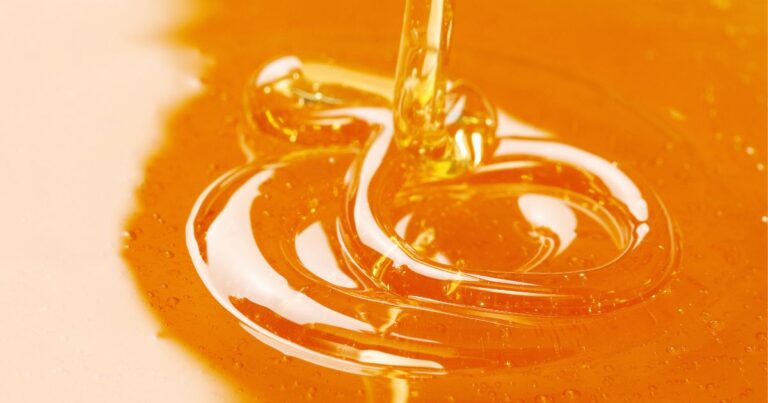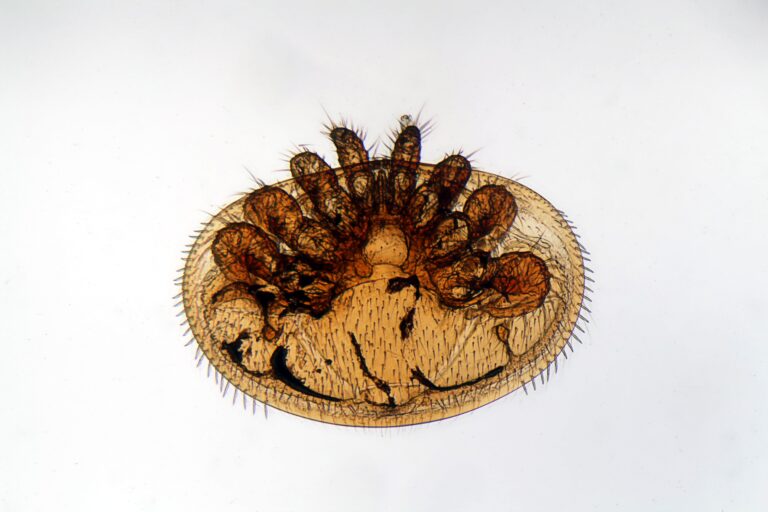European Wasp Facts
The European wasp is an aggressive coloniser, with their spread often accidentally aided by human activity. Find out some interesting facts about European wasps.
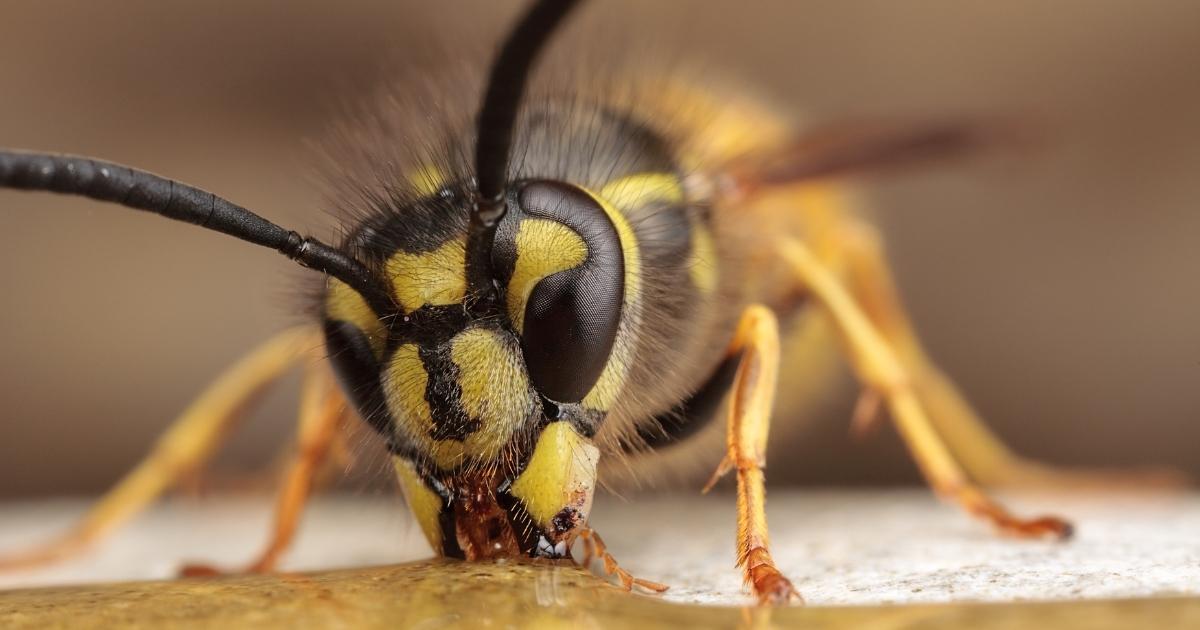
The European wasp
The European or German wasp (Vespula germanica), is native to Europe, northern Africa and parts of Asia.
It’s an aggressive coloniser established in North America, South America, South Africa, Australia and New Zealand. Dispersal is often aided (albeit accidentally) by human activity.
The genus Vespula includes a number of species of social wasps, including the closely related English wasp (Vespula vulgaris), with which the European wasp shares many characteristics.
The European wasp is approximately 15mm long, with a slender waist and prominent yellow and black markings.
It may be distinguished from the English wasp by three tiny black dots on its face and a slightly different pattern on the abdomen, although this varies and conclusive identification may be difficult.
Papery nests are fabricated from chewed wood or plant fibres mixed with saliva.
Most are located underground, but they’re sometimes found in logs or trees, concealed in vegetation or artificial structures like roofs and wall cavities.
European wasp life cycle
Each colony is founded in spring by a single fertilised queen, which has survived the winter by hibernating.
She will labour to produce the beginnings of a nest containing several hexagonal cells into which she lays her eggs.
The cells house the immature wasps through their larval stages until they emerge from pupation.
Workers will consequently take over the tasks of enlarging the nest, foraging and caring for the larvae while the queen concentrates on laying more eggs.
The colony experiences a rapid growth phase during summer. But this then slows, and the focus shifts to producing special larger cells that contain males and a new generation of queens.
Each new queen will mate with several males before flying off to find a sheltered spot to lay dormant during winter.
In the wasps’ natural range, the old queens die off in autumn, signalling the colony’s collapse and the nest’s disintegration due to a reduction in temperature and availability of food resources.
The colony’s development is strongly affected by climate, and in the milder winters of countries like Australia and New Zealand, some nests can also survive into a second season.
This results in massive, polygynous colonies containing multiple egg-laying queens.
For example, whereas a typical first-year nest in England is roughly the size of a soccer ball and may contain about 3,000 wasps, a first-year nest in Australia may be double this size.
In 2015, a two-year-old subterranean nest with a girth of more than three metres was excavated in northern Tasmania.
The largest nests on record were found on the sides of trees in New Zealand and exceeded five metres in length. These giant nests may contain over 100,000 wasps and can profoundly affect local environments.
What do European wasps eat?
The European wasp is a highly efficient, opportunistic and indiscriminate predator and scavenger with a diverse diet.
It will prey on various insects and spiders and can outcompete many other animals for food, posing a threat to indigenous wildlife wherever it has been introduced.
European wasps are attracted to:
- Meat
- Dead animals
- Live insects
- Fruit
- Human and pet food – especially fish or meat-based foods
- Sugar – especially from fruits or drinks
- Garbage
European wasps are considered a pest in most areas outside their natural range and were probably introduced into New Zealand in the late 19th century, but they became problematic around 1940.
The European wasp has been responsible for local extinctions and completely altering food webs, particularly in the beech forests of the South Island.
European Wasps were detected in Tasmania in 1959 and quickly became established. They were first seen in mainland Australia in 1977, in Melbourne.
The wasps are now found throughout most of Victoria and Tasmania, much of New South Wales, southeast Queensland, the area around Adelaide and parts of southwest Western Australia.
Further distribution appears to be limited by climate.
Do European wasps have any predators?
Unfortunately, European wasps are flourishing due to a lack of predators and warmer weather conditions.
Climatic conditions in Victoria, particularly Melbourne, are ideal for wasps. They’ve increasingly become an invasive pest, especially in late summer and early autumn.
Are European wasps dangerous?
European wasps are more aggressive than bees; however, they usually won’t attack humans or animals if left alone.
If a nest is disturbed or if you upset a European wasp, they can sting repeatedly, producing swelling and a painful burning sensation. The wasp’s venom contains toxins which can cause an allergic reaction for some people.
According to Better Health, if you get stung and the reaction is mild, you can:
- Clean the affected area with soap and warm water.
- Apply a cold pack to reduce swelling and pain.
- Use pain-relieving medication and creams.
- Monitor for signs of anaphylaxis.
- Prolonged swelling at the site of the sting may respond to antihistamines – speak to your pharmacist for further advice.
You should call an ambulance (000) and seek urgent medical attention if:
- A child is stung more than five times.
- An adult is stung more than ten times.
- Anyone is stung in the mouth or throat (swelling in these areas can block airways).
- There is a severe allergic reaction.
- There is a history of an allergic reaction to European wasp stings.
How to get rid of European wasps
Removing European wasp nests can be difficult and sometimes hazardous. If you suspect a wasp infestation on or near your property, contacting an expert is best.
Some specialist beekeepers in Melbourne also offer European wasp removal services.
Ben’s Bees specialises in bee-friendly European wasp removal in Melbourne.
